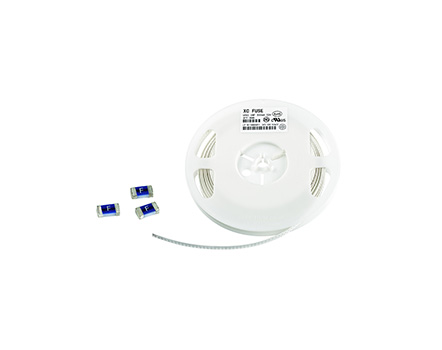
The first function of a good fuse is maintenance. In general, the additional current of a fuse must be greater than the normal operating current of the circuit and have a certain overload capacity, but the margin cannot be too large.
The second function of a good fuse is its load-bearing function. This is commonly referred to as the ability to withstand pulses. During the use of fuses, there is a greater chance of normal current fluctuations or instantaneous pulses than fault overcurrent, which is particularly important for the use of fuses.
The third function of a good fuse is its safety function. A high-quality and reliable fuse should ensure safety before, during, and after its operation, that is, safely conducting and safely fusing. In summary, appropriate fusing characteristics and additional current; Satisfactory and reasonable melting heat energy value; Proper breaking ability, additional voltage, and safety certification are necessary conditions to ensure the main function of the fuse.
The following factors can affect the performance of fuses:
1. Internal resistance of fuses: An increase in initial internal resistance or an increase in internal resistance after fuse aging can cause changes in the heat dissipation conditions of the fuse, thereby accelerating the fuse's melting time;
2. Connection of fuses: The reliable connection of fuses in the circuit is an important link to ensure the performance of the fuse. If the contact resistance of the connection area increases, the consequences are the same as the increase in internal resistance;
3. Surrounding heat dissipation conditions: The spacing between the fuse and the heating element, the density of the placement of components in the circuit, the cross-sectional area and length of the connecting wires or wires running on the PC board are all related;
Read recommendations:
surface mount fuse identification
Where are car plug-in fuses usually located in cars?slow fuse photography